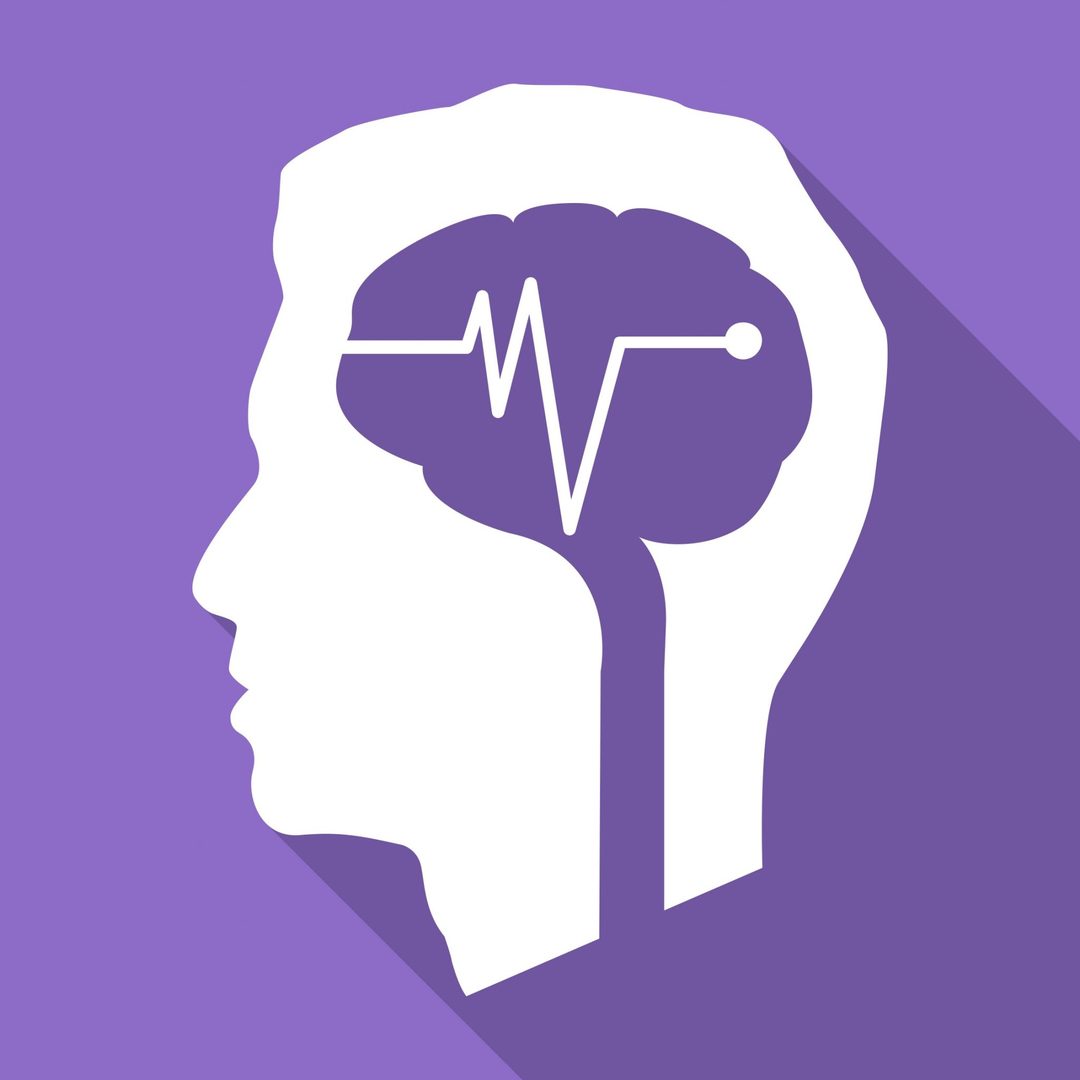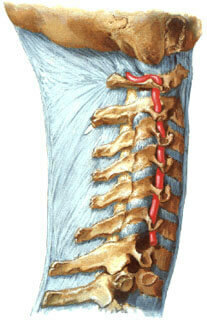Epilepsy: what is it, causes, symptoms, treatment, prognosis
Content
- What is epilepsy?
- Epilepsy causes
- Classification of seizures
- Symptoms and signs of epilepsy
- Severe seizure of epilepsy
- Unexpressed (rudimentary) seizures of epilepsy
- Abortive epileptic seizures
- Epilepsy diagnostics
- Epilepsy treatment
- Epilepsy prognosis
What is epilepsy?
Epilepsy is a type of neurological disorder that manifests itself in a predisposition to severe shock seizures of a convulsive nature.
Epilepsy causes
One of the most common causes of epilepsy is all types of head injuries. Epilepsy is more common in men than in women. The disease can occur as a result of the following phenomena:
- tumor;
- subarachnoid hemorrhage;
- stroke;
- encephalitis and meningitis;
- toxic-metabolic damage to brain tissue;
- genetic conditions.
The cause of epilepsy can be traumatic brain injury, which has already appeared in the perinatal period or at a later age, as well as heredity. Epilepsy in adults is often associated with alcohol dependence.
The basis of epilepsy is a violation of the bioelectrical activity of the brain, which can develop in a certain place and then spread to the entire brain.
Classification of seizures

The clinical picture of epilepsy is characterized by epileptic seizures that recur at various intervals. In this case, it is necessary to distinguish:
-
Severe seizures.
- Classic seizures. They are characterized by sudden onset loss of consciousness and initial general tonic seizures followed by clonic seizures.
- Severe atypical seizures. They also experience loss of consciousness, tonic and clonic seizures, but chronological the sequence of these phenomena is not the same in individual attacks, and convulsions are not always turn out to be common.
- Unspoken (rudimentary) epileptic seizures. With them, loss of consciousness and one or another form of seizures are observed, namely, either only tonic or exclusively clonic seizures.
- Abortive seizures. With them, there is either a short-term disorder of consciousness, or convulsions, which also last for a short time and are limited to individual muscles.
A special type of such seizures are epileptoid states, which are expressed in the form of seizures by vasomotor, secretory and trophoneurotic phenomena.
Symptoms and signs of epilepsy
Severe seizure of epilepsy
1. Classic attack. In a typical epileptic seizure, three stages can be distinguished: a) prodromal stage, b) convulsive stage, c) soporous stage.
A. Prodromal phenomena. They are of two types - distant and appear immediately before an attack. An epileptic aura in the literal sense of the word is observed only in exceptional cases. Distant forerunners, in general, are observed infrequently.

In some patients, several hours, and sometimes several days before the attack, various nervous and, in particular, mild mental disorders are noticed. These include: some character change, they become boring, sullen and try to avoid others. Or they become hot-tempered and irritable, complain of headache and heaviness in the head, unpleasant sensations and heaviness in the limbs, frequent yawning and severe drowsiness, difficulty thinking, dizziness and etc.
Most often, these distant precursors are found in patients in whom the intermediate stage lasted for a long time and who then have a whole series of more or less quickly following one after the other seizures.
The epileptic aura proper, characterized by a variety of manifestations, usually lasts for a very short time; sometimes it proceeds with such lightning speed that the patient does not have time to take care of the necessary help, in other cases it, on the contrary, drags on for a few minutes, which is sufficient for caveats.
Read also:Amyotrophy
B. Convulsive stage. It is characterized by basically the same, completely typical course of its phenomena. After the preceding aura or immediately without any precursors, the patient suddenly falls, as struck by lightning, in many cases with a shrill, mostly completely unconscious scream. At the same time, he hits hard against various objects, so that he can cause himself serious traumatic injuries and quite often presents numerous traces of minor injuries.

Consciousness is usually completely lost already at the moment of falling, so that even very strong irritations of the skin and sensory organs are not able to cause sensations. Reflex excitability is also lost almost always, or at least in most cases; dilated pupils do not react even under direct action of light, irritation of the connective membrane of the eyes does not cause eyelid closure.
The face of the epileptic at the very beginning of the attack, for the most part even already a few seconds before losing consciousness, covered with deathly pallor, which in the further course of the attack is replaced by dark red, cyanotic coloring. Even in those rare cases when the onset of an attack is foreshadowed by a strong reddening of the face, at the moment of loss of consciousness it is usually replaced by a very strong pallor.
Only in exceptional cases does the face retain its normal color. The patient usually falls face down, less often on the back of the head or on the side. Sometimes, however, the attack does not begin with such sudden force that the patient falls as if knocked down, but more slowly sinks to the ground. Already at the time of the fall, convulsions are observed, although initially - only in certain parts of the body.
There are two phases of the convulsive stage: precisely the phase of tonic and clonic convulsions. During a tonic convulsion, the patient lies with his head thrown back, less often with his head tilted to the side, with wide open, motionless eyes, a distorted face and tightly clenched jaws.

The body is rigid, in a state of opisthotonus, less often emprostotonus; limbs, often predominantly on one side of the body, are motionlessly extended, with the upper the limb is turned, the fingers are strongly bent and the approximate thumb is convulsively tucked under the rest of the fingers. The foot and lower leg are also strongly elongated and turned, the toes are spread and unbent or very strongly bent.
In addition, there is a sharp tonic contraction of the cervical muscles, tonic spasm of the laryngeal muscles and the respiratory muscle apparatus, with complete cessation of breathing. The contracted muscles are hard as a stone, the spasm is hardly overcome by external force, and the eversion of the limbs is so severe that it often results in severe injuries.
A typical attack is thus distinguished by a general tonic convulsion, which does not develop gradually, but occurs immediately throughout the body. The pulse either remains unchanged, or becomes somewhat smaller and harder than normal; only occasionally is it wrong and slow. After this tonic phase has usually lasted for 10-20 seconds, rarely for a little longer, there are individual tremors of the whole body or some parts of it, representing the beginning of the clonic phase of a convulsive attack.
Read also:Kearns-Sayre Syndrome
The stormy picture developing at this time is especially characteristic of epilepsy. Instead of tonic convulsions, violent, alternating flexion and extension movements appear, in which all voluntary muscles can take part. The head beats with great force on the ground, the eyes rotate, the facial features are distorted due to very strong muscle twitching, the tongue convulsively protrudes and retracts back, and it is often pinched between the teeth and is damaged, a foamy, painted blood saliva.
The limbs rise and beat with great force, the trunk is shaken with strong contractions, the diaphragm and the rest the respiratory muscles also participate in clonic contractions, which are sometimes interrupted for a moment due to tonic convulsions. Convulsions are sometimes so severe that serious injuries are possible under the influence; Teeth breaking, sprains and fractures are often observed, not to mention the numerous bruises and abrasions that almost every severe attack entails.
The pallor of the face, which existed during the tonic phase, is replaced by a strong blue, partly due to squeezing cervical vessels convulsively contracted cervical muscles, especially due to severe respiratory distress movements. Sometimes there are ruptures of small vessels in the skin, in the connective membrane of the eyes, so that small bruises appear on the face, and sometimes also on the neck and chest. The presence of bruising can sometimes be an important sign of a prior seizure.

Especially noteworthy are the frequent bruising behind the ears (see. Photo). Further, there is an involuntary discharge of urine and feces, sometimes also eruption of semen with a relaxed or tense penis, tympanic bloating, pulling the testicles to the groin rings, belching, vomiting, rumbling in the abdomen, profuse sweating, lacrimation, etc. The pulse, as far as it is generally amenable to investigation, is usually somewhat more frequent and complete than in the tonic period.
In a classic attack, clonic seizures are usually on both sides of the body and, moreover, are approximately equally widespread. At first they follow each other extremely quickly, albeit incorrectly, and are interrupted only by very short-term remissions; then they become more and more common and strong, and then immediately or, which happens much more often, gradually become more and more weak, slow and, finally, stop, and the patient lies with completely relaxed limbs, although from time to time some other convulsive flinching.
IN. Soporous stage. It follows the clonic stage. The patient remains for a few more minutes in a deep unconscious state, but breathing, although still wheezing (frail breathing), it is more free and calm, the face turns pale again, the facial features relax, the pulse becomes more slow. From this deep soporous state, the patient regains consciousness for a short time, looks around, but is completely unaware of what happened to him, then often falls into a deep, interrupted by yawns and sighs, dream.
Read also:Nervous tics
After waking up, the patient complains of a feeling of dull pressure and pain in the head, weakness in the limbs and inability for mental activity. Sometimes, after awakening from a coma, a more or less strong mental agitation is noticed. Rarely, an epileptic seizure has little or no effect on the general condition, so that the patient, soon after the end of the seizure, can resume his activities. In exceptional cases, it is observed that after an attack he feels relieved, as if freed from a heavy burden.
2. Severe atypical seizure. The picture of the disease most often consists in the fact that a tonic spasm appears even before the complete loss of consciousness. It does not come suddenly and in the form of a general convulsion, but begins in one half of the body, then in separate limbs, in the muscles of the jaws, occiput, tongue, then in the form of turning the head in one direction with the deviation of the eyes to that same side.
Clonic seizures or coordinated convulsive movements also begin gradually during the tonic phase and gradually subside. In other cases, the seizure begins with clonic seizures and ends with general or limited tonic seizures.
Unexpressed (rudimentary) seizures of epilepsy
These include mainly seizures, during which there are exclusively tonic convulsions with trembling movements in tetanically strained limbs with deep loss of consciousness.
In other cases, along with short-term loss of consciousness, clonic contractions are observed in certain parts of the body, mainly in the upper limbs.
This group also includes cases in which, along with simple clonic contractions, there are pronounced shaking convulsions or rhythmic convulsive contractions.
Abortive epileptic seizures
With these seizures, one of the main phenomena of an epileptic seizure is completely absent or is mild. Most often there are no seizures, or there is only a hint of them, and in the picture of the disease, a disorder of consciousness predominates; seizures without disturbance of consciousness and with short-term motor phenomena are much less common.
Epilepsy diagnostics
The basis for diagnosis is the medical history. Additional tests performed in the diagnosis of epilepsy are as follows:
- EEG tests;
- computed tomography and magnetic resonance imaging;
- SPECT (single photon emission computed tomography);
- PET (positron emission tomography).
Epilepsy treatment
Treatment of epilepsy is primarily aimed at correcting the general condition of the patient. It is important to relieve the cramps or make them go away completely. All antiepileptic drugs work in two ways:
- Increased convulsive threshold.
- Limiting the spread of focal changes to other areas of the brain.
Other methods of treatment can be applied:
- ketogenic diet;
- electrical stimulation of the vagus nerve;
- surgical intervention;
- Voight's method.
- analysis of external stimuli that affect the frequency of attacks, and their weakening.
Epilepsy prognosis
In most cases, after a single attack, the prognosis is pretty good. In about 70% of patients with treatment, remission occurs, i.e. no seizures for 5 years. In 20-30% seizures continue, in such cases, the simultaneous administration of several anticonvulsants is often required.



